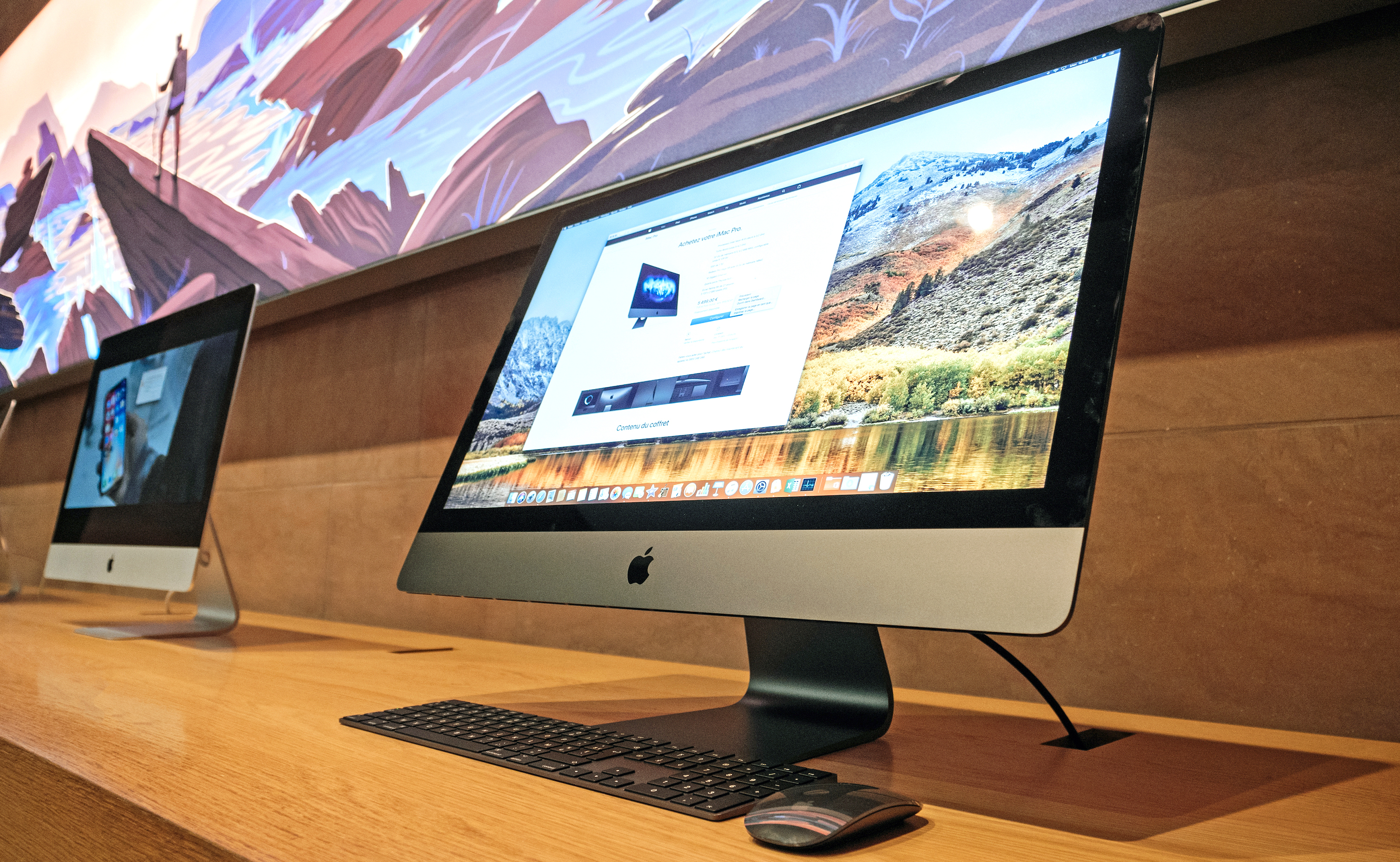iPhone 12 mini beats all the other small phones — here's why
Apple’s iPhone 12 mini tops all other small phones in the areas that matter
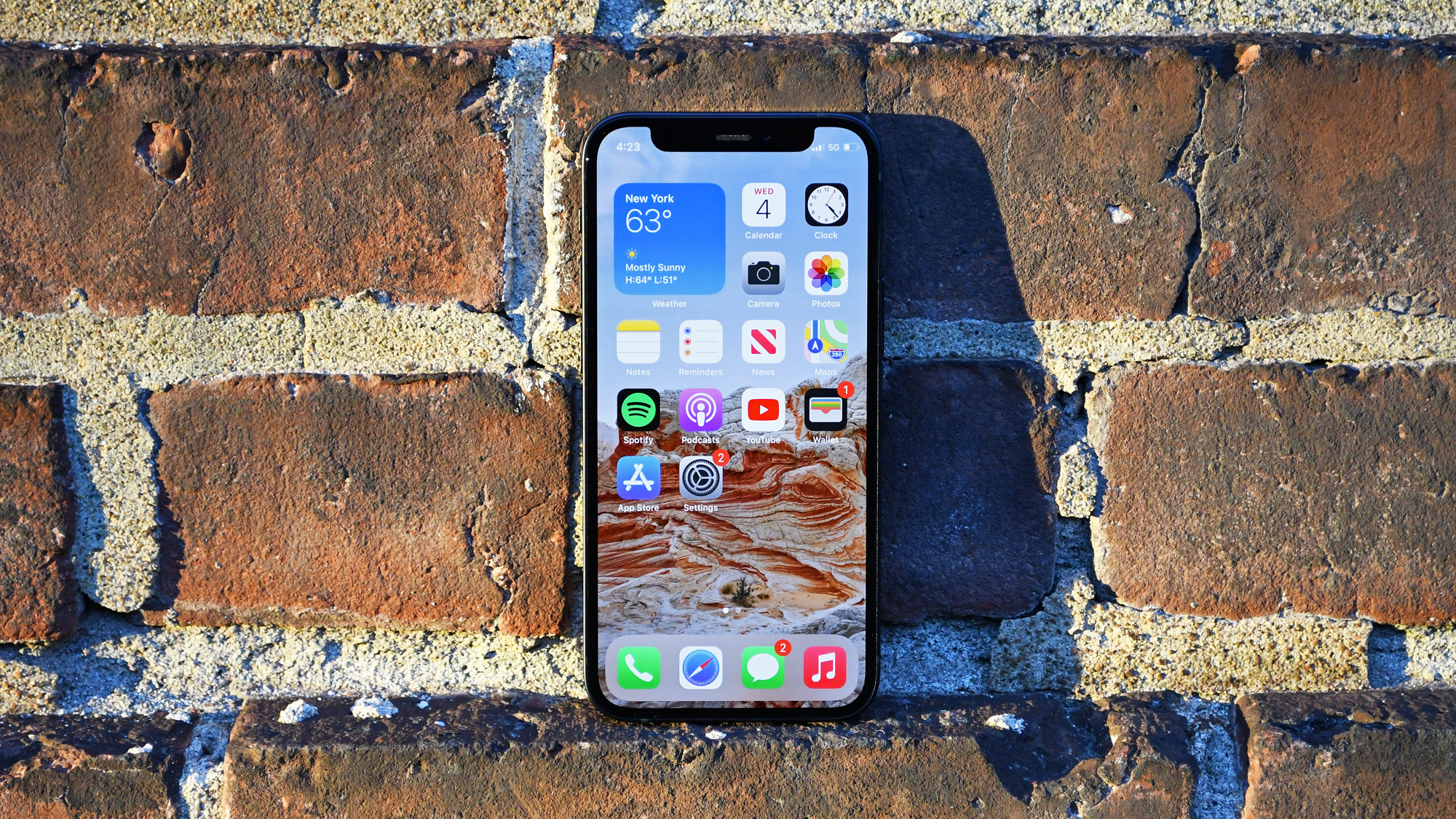
The arrival of the iPhone 12 mini cements Apple's reputation as the premier maker of small phones. This year alone, Apple has released two compact models — the iPhone SE and now the iPhone 12 mini — that prove a phone doesn't have to be gargantuan to deliver big value.
The smartphone-buying populace may favor phablets these days — there's a reason the screen sizes on handsets are getting larger, and it has everything to do with customer demand. But enough people still prefer phones that they can easily hold and operate in one hand, and Apple has mastered the art of fitting more features into less space.
- iPhone 12 mini vs. iPhone SE: Which small phone is best?
- The best iPhone SE cases
As good as the iPhone SE is — and we raved about it when the phone debuted earlier this year — it's the iPhone 12 mini that now holds the top spot on our list of the best small phones. Here's how the iPhone 12 sets the standard for other sub-6-inch devices.
The iPhone 12 mini has the most powerful processor
Some phone makers are tempted to treat their entry-level flagshipl differently than the rest of their flagship entries, by saving the marquee features for the pricier devices. That's not the case with Apple, at least when it comes to processing power.
Every iPhone 12 model features Apple's A14 Bionic processor, and that includes the iPhone 12 mini. That means the least expensive new device in Apple's lineup is powered by the same 5-nanometer chip found in the iPhone 12 Pro Max, a phone that just happens to cost $400 more than the mini.
That enables the iPhone 12 mini to be among the top performing phones you can currently buy. In fact, depending on the benchmark you're looking at, it's the most powerful phone. The iPhone 12 mini scored 4,123 in Geekbench 5's multicore test, the best result we got from any iPhone. (The iPhone 12 Pro Max came close with its 4,111 result.) The iPhone 12 mini may be a small phone, but it's a really powerhouse of a device.
The biggest screen in a compact form factor
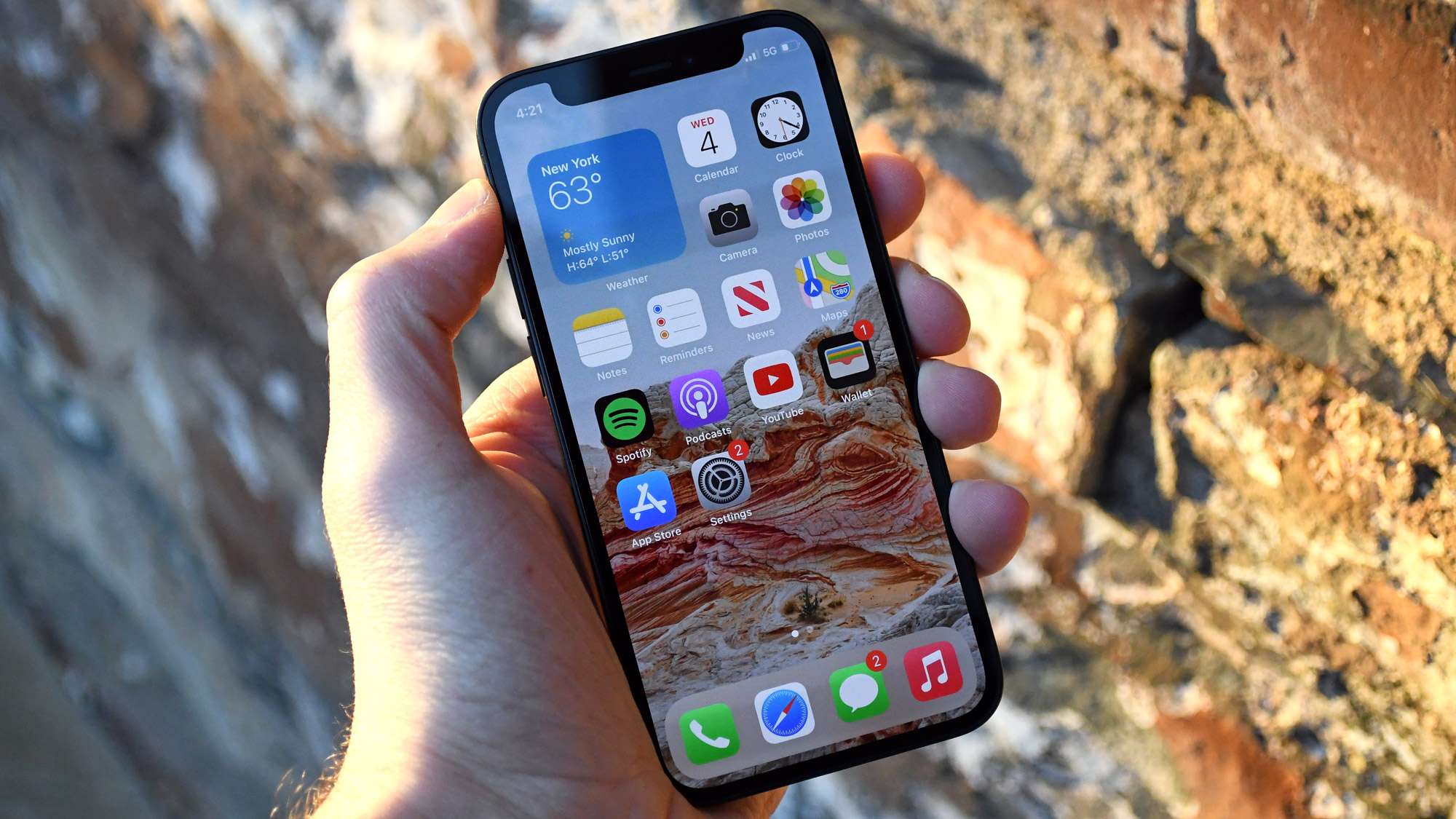
Small though it may be, the iPhone 12 mini still manages to give you 5.4 inches of screen real estate. That's more than what the 4.7-inch iPhone SE offers. And yet, even with the bigger screen, the iPhone 12 mini is actually smaller than the iPhone SE.
Get instant access to breaking news, the hottest reviews, great deals and helpful tips.
The iPhone 12 mini measures 5.18 x 2.53 x 0.29. The iPhone SE is taller (5.45 inches) and wider (2.65 inches) than the mini, and it also weighs more — 5.22 ounces to the mini's 4.76 ounces. These are fractional differences to be sure, but when you put a premium on a phone that's easier to carry and fit in a pocket, the iPhone 12 mini's slender frame makes a world of difference.
The iPhone 12 mini is very durable
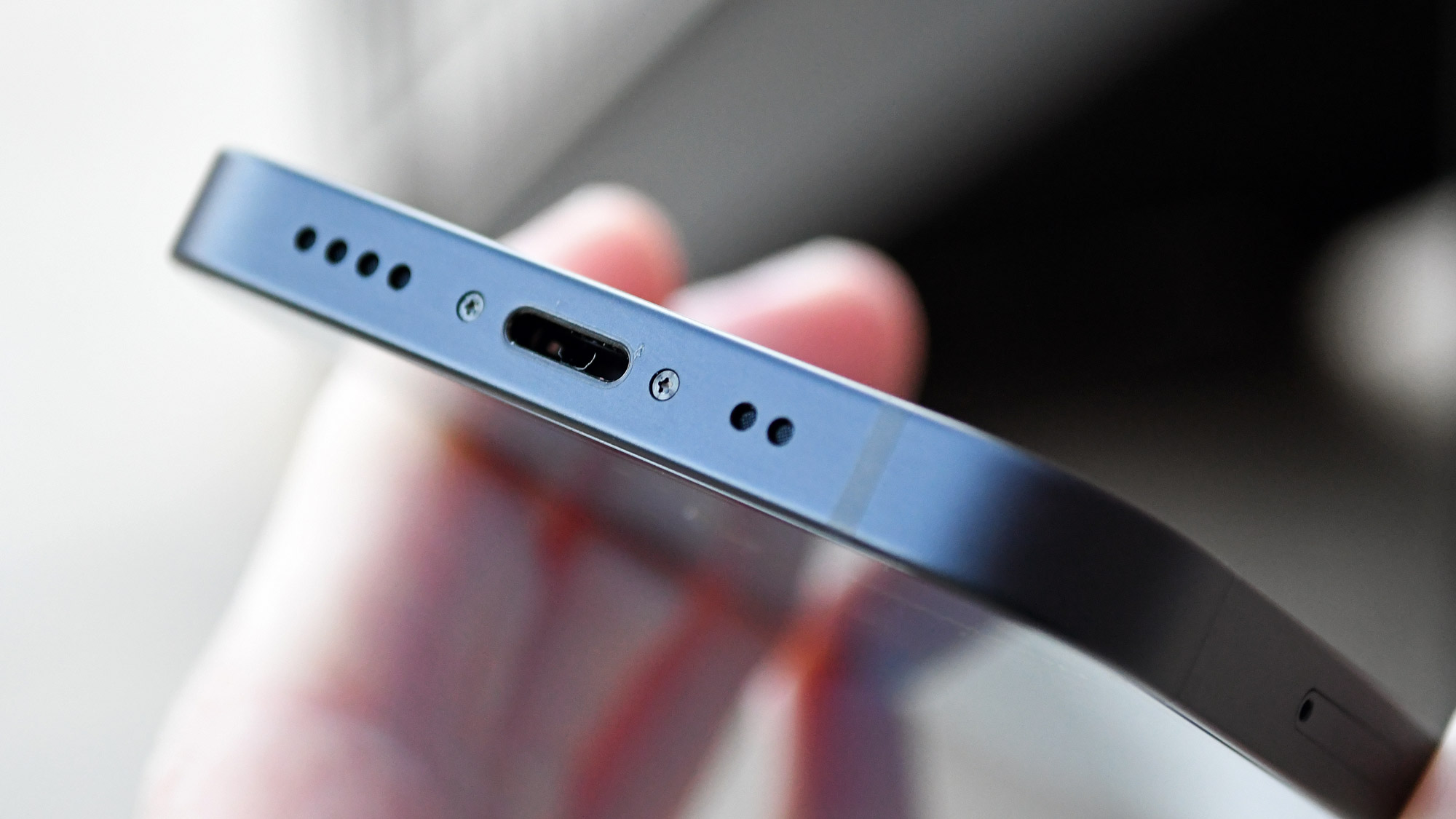
No phone is indestructible, but it seems like Apple took as many steps as possible to at least mitigate the damage from unwanted drops. The iPhone 12 mini has the same IP68 rating as the other phones in the iPhone 12 lineup, as you can drop it in up to 20 feet of water for up to 30 minutes without an issue.
Apple has also equipped its new phones with Ceramic Shield screens that are said to make the iPhone 12 models four times more likely to not sustain damage from drops. We wouldn't expect iPhone 12 mini drop tests to surface until the phone has hit retail shelves, but initial iPhone 12 drop tests and iPhone 12 Pro have suggested that these phones are pretty durable.
In the case of the iPhone 12 mini, that would be quite an accomplishment. Not too long ago, making a phone more durable meant adding bulk. The iPhone 12 mini retains its slim form while still promising to withstand a tumble — a claim we don't see many other small phones making.
The iPhone 12 mini boasts top cameras

The iPhone 12 Pro Max is the best camera phone we've seen, thanks to its multitude of lenses. But the iPhone 12 mini’s dual rear cameras isn't far behind. The smallest iPhone benefits from the same computational photography Apple includes on all its flagships, so that even with just two lenses, you'll reap the benefits of features like deep fusion, night mode and smart HDR 3 to produce detailed shots, even in low light.
That's just still photography. You can also use the iPhone 12 mini to capture 4K HDR video at up to 60 frames per second, or 30 frames per second with Dolby Vision processing enabled.
If you absolutely need a telephoto lens, then you're probably better off with an iPhone 12 Pro model. But other than that, there are few compromises mobile photographers make with the iPhone 12 mini.
The iPhone 12 mini is still affordable
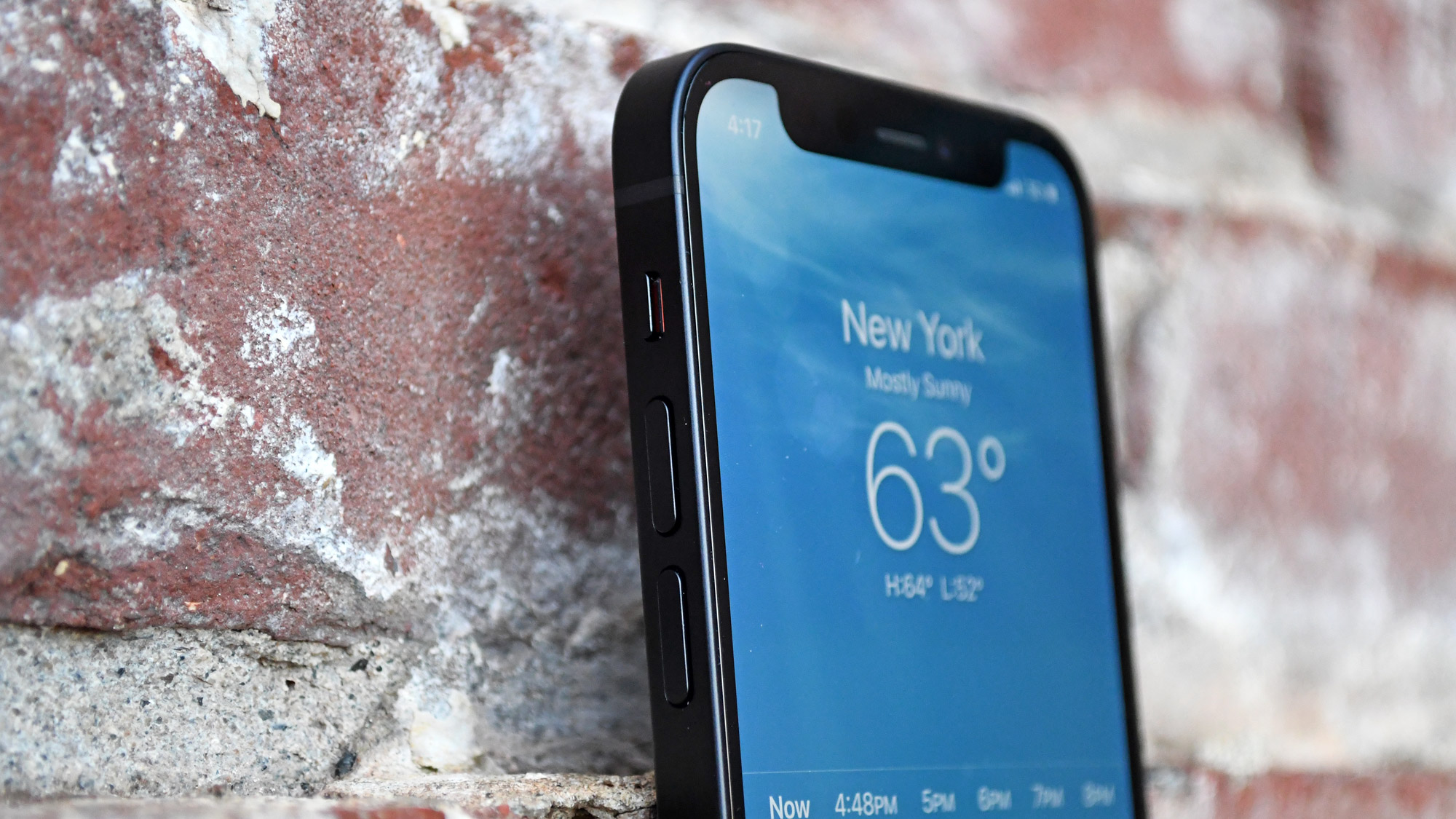
You'll certainly find cheaper phones out there than the iPhone 12 mini, including in Apple's own lineup. (Besides the aforementioned iPhone SE, you can also pick up the iPhone 11 and iPhone XR at discounts right now.) But you won't find that many phones offering the iPhone 12 mini's feature for less than $700.
I've been reviewing a spate of $699 phones lately, from the LG Velvet to the Nokia 8 V 5G UW. Besides the fact that most of the phones have gigantic screens — the Nokia 8 V, in particular, has a 6.81-inch display — there's very little these phones can do that the iPhone 12 mini doesn't do better.
iPhone 12 mini bottom line
There are reasons why small phone fans may not embrace the iPhone 12 mini. That compact form factor doesn't leave much room for a battery, and the mini's lackluster results on our iPhone 12 battery life tests reflect that. In addition, Apple doesn't include a charger with this phone, so that can add to the cost if you don’t want to use a charger you already have.
But pick any phone you like that's got a 6-inch or smaller display, and the iPhone 12 mini will likely outshine in the areas that matter. That makes this phone the first option for anyone who likes their phones compact.
Philip Michaels is a Managing Editor at Tom's Guide. He's been covering personal technology since 1999 and was in the building when Steve Jobs showed off the iPhone for the first time. He's been evaluating smartphones since that first iPhone debuted in 2007, and he's been following phone carriers and smartphone plans since 2015. He has strong opinions about Apple, the Oakland Athletics, old movies and proper butchery techniques. Follow him at @PhilipMichaels.

